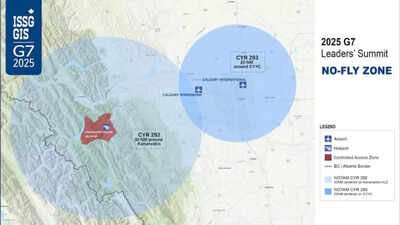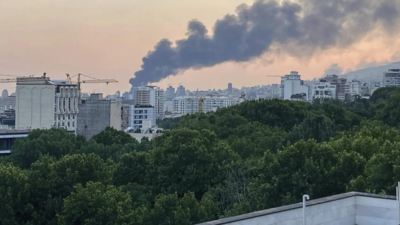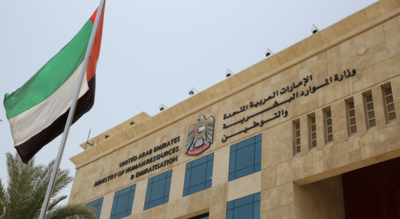
A private aircraft violated the no-fly zone and entered the restricted space above the G7 summit venue at Kananaskis Country in Alberta. To intercept the plane, the North American Aerospace Defence Command had to deploy CF-18 Hornet fighter jets. The civilian plane was made to land safely. The authorities said that multiple steps were used to alert the pilot before resorting to “final warning measures” to contact the pilot. The pilot landed the civilian aircraft safely under their own power and was met on the ground by RCMP officers, according to the Integrated Safety and Security Group.The authorities said they took the incident seriously as it’s the pilot’s responsibility to ensure that they are not flying into a no-fly zone. “These incidents take away resources that could be utilized in police work and securing the summit site,” they said. Temporary air space restrictions over both Calgary and Kananaskis have been in place since Saturday morning. One no-fly zone is centred on Kananaskis village and has a radius of 30 nautical miles. Another is centred on the Calgary International Airport and has a radius of 20 nautical miles. Restrictions in both locations will be enforced until midnight Tuesday.The 51st G7 Summit, held from June 15 to 17 in Kananaskis, ma the 50th anniversary of the Group of Seven’s first meeting in 1975. Canada assumed the G7 presidency for the seventh time on January 1 this year, hosting leaders from Canada, France, Germany, Italy, Japan, the United Kingdom, and the United States, alongside the European Union. Host of the G7, Canada PM Mark Carney will sit for a one-on-one meeting with President Donald Trump ahead of the G7 meeting. Carney has been keen to ink a deal with Trump on trade and security, and for the U.S. president to drop his punishing tariffs on Canadian steel, aluminum and the auto industry.







